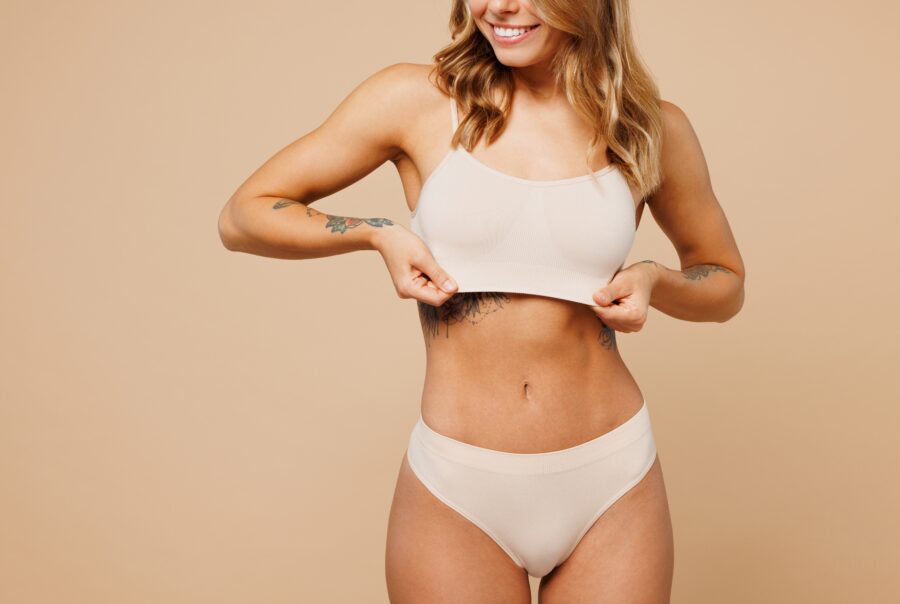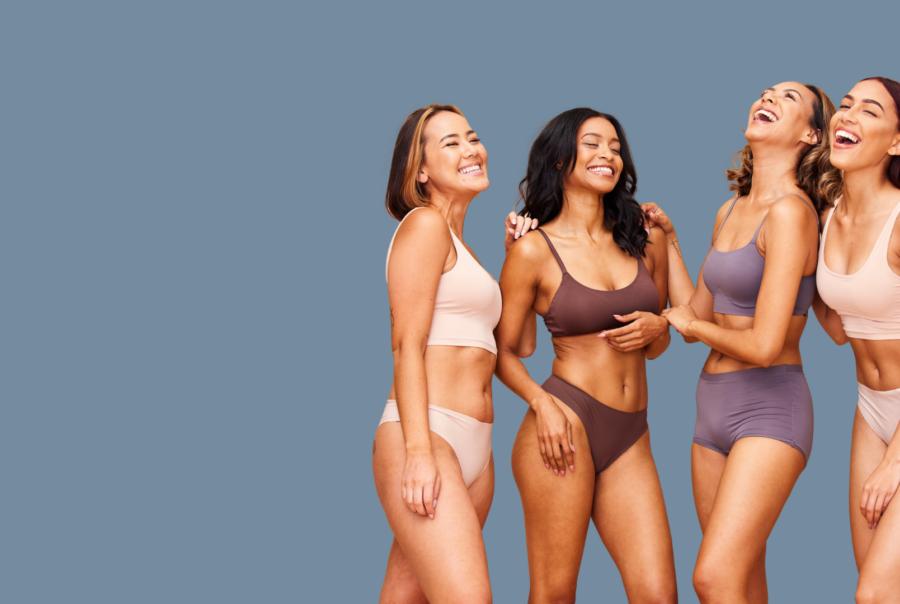Toxins and Fillers and Collagen, Oh My!
Facial Fillers Explained: What’s the difference between Juvederm, Restylane Lyft and Sculptra?
What Is a Static Wrinkle and How Do I Treat it?
We talked about Dynamic wrinkles when we explained neurotoxins like Botox and Dysport. Dynamic wrinkles are related to facial muscles movements. When we relax our facial muscles, the wrinkles goes away. But as we age, it takes longer and longer for those wrinkles to fade. Eventually, dynamic wrinkles become static wrinkles. Facial fillers are designed to treat static wrinkles.
Static wrinkles are there regardless of the facial movements you make. Common static wrinkles are the fine lines around the lips that develop with smoking or with age. The marionette lines that come from the corners of your lips down to your chin are static wrinkles. And the smile lines, or facial parentheses, become more and more static the older you get. Some of these staic wrinkles are the result of sagging skin that falls downward with age.
While it is somewhat of an artificial distinction, it can be helpful to think of dynamic wrinkles being treated by toxin products to relax underlying muscles, and static wrinkles can be treated by injectable facial fillers to fill them. Juvederm, Restylane, and Belotero are all injectables that fill deep lines in the face that cannot be practically treated by relaxing surrounding muscles. All of these products are some form of hyaluronic acid or HA. Hyaluronic acid is found naturally in the body, especially in joints and in the eyes. The body uses it as a cushion and a lubricant. When injected into wrinkles in the face HA can fill the wrinkle, allowing the skin above to smooth. The body does eventually break down the HA and so, like Botox, this isn’t a permanent fix.
Juvederm has gained a lot of popularity in treating the smile lines and marionette lines. It has a smooth and soft consistency and so you cannot feel it in the skin the same way you might feel some other injectables. That also makes it ideal for plumping the lips. Allergan claims it lasts up to 12 months, but we have observed something closer to 6-9 months. We have observed that because it is so smooth, it tends to move in the skin more and break down more quickly. So you have a tradeoff—smoother feel, shorter noticeable corrective time.
Restylane is another HA used to fill lines in many areas of the face. Restylane now comes in 3 different varieties–Restylane, Restylane Lyft, and Restylane Silk. Restylane is similar to Juvederm. It is thicker and so it stays in place to fill those stubborn wrinkles. That thicker consistency means you need to massage the area of injection more to smooth out the HA for greater blending. In the lips it is great for creating definition because of its thicker consistency. Patients love its ability to fill a deep wrinkle! Restylane Silk has a smaller molecule and is perfect for subtle, natural augmentation of the lips and the lines around the lips.
Belotero is for filling very fine lines, like the lines around the mouth or very fine lines in the forehead. It is very soft and thin so it is injected in smaller spaces where you want precise placement and control. It is very transparent in appearance, so it can be a great option for filling in the hollowed out tears trough area where the skin is thin and soft.
Is There Another Way to Treat Static Wrinkles?
Another cause of static wrinkles is related to another sad reality of aging. The soft tissue that covers our facial bones loses its structure as we age and that structure begins to fall. Our cheek bone definition falls and the volume falls with it. For some people volume in the face is lost all together and the face looks more hollowed. This is most pronounced in the cheek, chin, and temple areas.
If you pull your cheeks back, to mimic what you might look like with fuller cheeks, you will find that the smile and marionette wrinkles are lessened. As our facial structure moves downward, there is more sagging in our lower face. So you can treat an area that might be treated with filler simply by enhancing the mid face with structure and volume. Then you have doubled your benefit with a single treatment. Double the fun!
An HA can be used to enhance the structure of your face. Voluma, by Allergan, and Restylane Lyft, by Galderma, are used for this purpose. The HA is injected into the cheek area in tent like placements to restore structure and lift the appearance of the face. A more youthful face results from volume in all the right places and a lifting of sagging lowers facial skin. Filling smile lines is treating a symptom, lifting the cheek volume with filler is treating the problem. Like any HA, the body will break this down. But generally the results will last a year or more.
Finally, Sculptra is a different approach to restoring structure to the face. Sculptra actually induces your body to make more of its own collagen. The changes to the structure of the face are permanent. With Sculptra you come in for 2 courses of treatment over 1-3 months. Then about every year you come in for a much smaller tune up—because no matter what we inject, we still continue to age. The results of Sculptra are not absorbed by the body like an HA, but Sculptra maintenance keeps your looks fresh as time marches on. Sculptra is injected in all the same places that need structure or volume—mid and lower face. Cheek bones are rebuilt and temples filled out. It’s like a mini face lift in a bottle! But no surgery or down time.
A facelift is still the gold standard. No injectable can remove excess skill. Sculptra and Voluma or Restylane Lyft won’t be as dramatic as a face lift. But if you are not ready to take that surgical step, a combination of toxins, fillers, and reshaping can certainly give you a facial rejuvenation tailored just for you! Want to know what a face lift was like for one of our patients?

